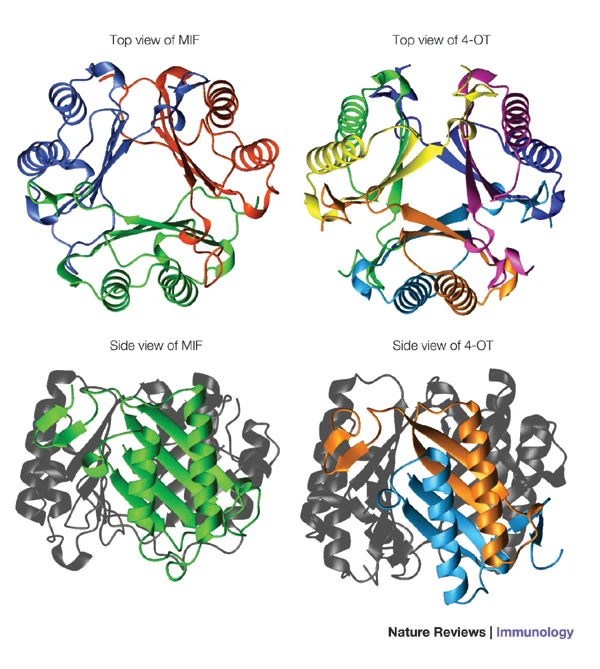
Physiology News Magazine
STEM for Britain 2021:
Tackling trauma one organ at a time using a reverse translational approach
Membership
STEM for Britain 2021:
Tackling trauma one organ at a time using a reverse translational approach
Membership
Nikita Patel, Queen Mary University of London, UK
https://doi.org/10.36866/122.45
I had the great privilege of sharing my research at this year’s STEM for Britain event and presented a poster entitled “Tackling trauma one organ at a time using a reverse translational approach”.
stemforbritain.org.uk/wp-content/ uploads/2021/03/NIKITA_PATEL_2021_ POSTER.pdf

Someone dies from an injury every six seconds. Physical injuries, which may be blunt (such as road traffic accidents) or penetrating (such as stabbings and shootings), are a serious public health problem. They are the leading cause of death and disability in those aged under 44. Globally, there are more than 5 million trauma-related deaths each year. This is nearly double the number of fatalities that result from HIV, tuberculosis and malaria combined. Unfortunately, the problem is only growing.
Trauma patients who survive the initial injury often develop multiple organ failure at a later stage. This is due to haemorrhagic shock (severe blood loss) and the detrimental actions of pro-inflammatory molecules, which circulate around the body. One molecule of particular interest is macrophage migration inhibitory factor (MIF).
MIF is a pleiotropic cytokine with chemokine-like properties known to modulate the inflammatory response and is found at low levels in the blood of healthy people. Previous research has shown that levels of MIF increase after trauma and other diseases like sepsis and acute respiratory distress syndrome (ARDS). I therefore wanted to investigate how MIF contributes to disease in trauma patients and examine whether by blocking MIF there would be a decrease in organ failure in a rat
model.
The first step was to measure MIF levels in the blood serum of trauma patients at different timepoints (emergency room, day 2, day 5 and day 7). I found that serum MIF levels were the highest in the emergency room. The levels decreased over time but still remained higher than healthy volunteers even seven days after the initial injury. I also found that the higher the MIF levels on admission, the longer the patients had to spend in ICU and hospital overall.
Usually, animal research occurs before human research but in this case, my findings from the trauma patients helped to inform my future experiments with rats. This can be classified as a reverse translational approach.
I used a rat model of haemorrhagic shock, which simulates what may happen to a trauma patient. I assessed whether ISO-1, an experimental drug that blocks MIF, would reduce organ injury and dysfunction. When compared with healthy rats, the vehicle (placebo)-treated rats showed a significant increase in renal (kidney) dysfunction and hepatic (liver) injury; as measured by blood serum parameters. In contrast, rats treated with ISO-1 displayed a significant reduction in both renal and hepatic damage.
Taken together, my results from the human and rat studies highlight that MIF levels can predict how quickly a patient may recover and blocking MIF could be a potential new therapy. The latter is particularly important as there are currently no treatment options to prevent organ failure.
Despite the harsh reality that it is impossible to eradicate trauma, these findings could greatly impact patient quality of life whilst simultaneously decreasing the burden on the healthcare system.
I was absolutely thrilled to not only receive The Physiological Society Prize but also the Gold Medal in the Biological and Biomedical Sciences category! I entered STEM for Britain as I thought the event was a great opportunity to disseminate my research and raise awareness in the field of trauma and haemorrhagic shock, given its high prevalence in society. The ability to communicate and discuss science with a lay audience is an important skill to have, just as important as the research quality and integrity.
Hopefully I’ve emphasised to people that trauma and haemorrhagic shock research is important and should be studied. The awards may help to attract more funding as, unfortunately, less than 1% of all medical funding is spent on trauma research despite its high incidence. The event and awards have also motivated me to seek out additional opportunities to share my work and further down the line, post-PhD, I would be keen to stay involved in science communication and public engagement whilst working in research and development.
